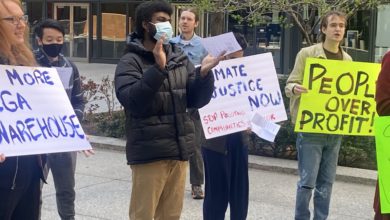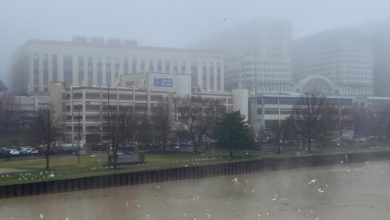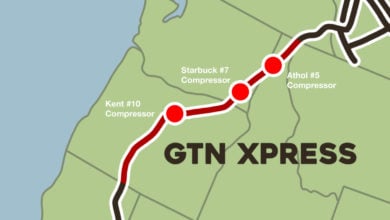On Sept. 30, Metrolink and Amtrak indefinitely canceled train services linking San Diego to Los Angeles and the rest of the country due to the shifting of ground on the seaside track. The line provides San Diego’s only rail link to Los Angeles, impacting workers who commute between the cities.
Then, on Oct. 5, San Diego and Orange County transportation officials declared an emergency and approved funds to start the construction to stabilize the sliding railroad track, which is expected to take at least 30 to 45 days and will have a projected $6 to $12 million price tag. The train services were also canceled in 2021 for a span of two weeks due to similar problems.
The 351-mile LOSSAN corridor between San Diego, Los Angeles and San Luis Obispo is the only viable passenger and freight train route that connects San Diego to the rest of the country. It serves as the second busiest intercity passenger rail corridor in the United States. Freight trains also carry $1 billion in goods annually on the LOSSAN corridor, according to a 2021 report by Secretary of the California State Transportation Agency David S. Kim.
This cancellation of services highlights the need for more reliable mass public and freight transportation and long-term solutions to the climate catastrophe. The main reason for the shifting of the ground on the railway is due to increasing soil erosion.
Systemic failure, not an isolated incident
While U.S. residents are dealing with record gas prices, those who work outside their neighborhoods must choose between driving or relying on slow and outdated mass public transportation. In California, gas costs $2.60 more per gallon than in the rest of the country, the highest price gap ever. (CBS8)
Mass public transportation in the United States is notoriously unreliable and slow, which forces many people to commute by car and pay high gas prices. This is especially problematic during a time of skyrocketing inflation across the country.
Mass transit relies on taxpayer funds but provides unreliable and infrequent services. There are a variety of explanations such as the country’s history and geography, though the biggest is simply that rail isn’t treated by the government as a vital transportation function. Instead, mass public transportation is viewed as a welfare service for people who lack cars. Additionally, it is not enticing for those with cars to use these transportation services, since they are slow and unreliable.
A transportation and climate emergency
In 2020, passenger cars accounted for 41% of global carbon dioxide emissions from the transportation sector.
Meanwhile, the ground shifting which caused the closure of the seaside track is primarily due to soil erosion on the coastline. It is a process of soil degradation in which the impact of water or wind detaches and removes soil particles, which can cause a sloping effect especially on seaside cliffs.
Soil erosion has been greatly exacerbated by the ongoing climate crisis. Climate change is occurring at a rapid pace, accelerated by a lack of investment in environmentally-friendly infrastructure and a reliance on the fossil fuel industry, which pollutes and destroys the environment and atmosphere.
Railway closures may soon become the norm due to faltering coastlines, extreme weather and sea level rise.
San Diego and the rest of the country need a mass public transportation overhaul. There needs to be a prioritization of reliable and environmentally-friendly mass public transportation that gets cars off the road and lowers the energy costs for individuals and families. This can only be done with a system that prioritizes working-class interests instead of a system that pursues short term profits, regardless of effects on the environment and the people.
Featured image: Metrolink along the I-5 in Los Angeles County. Wikimedia Commons






